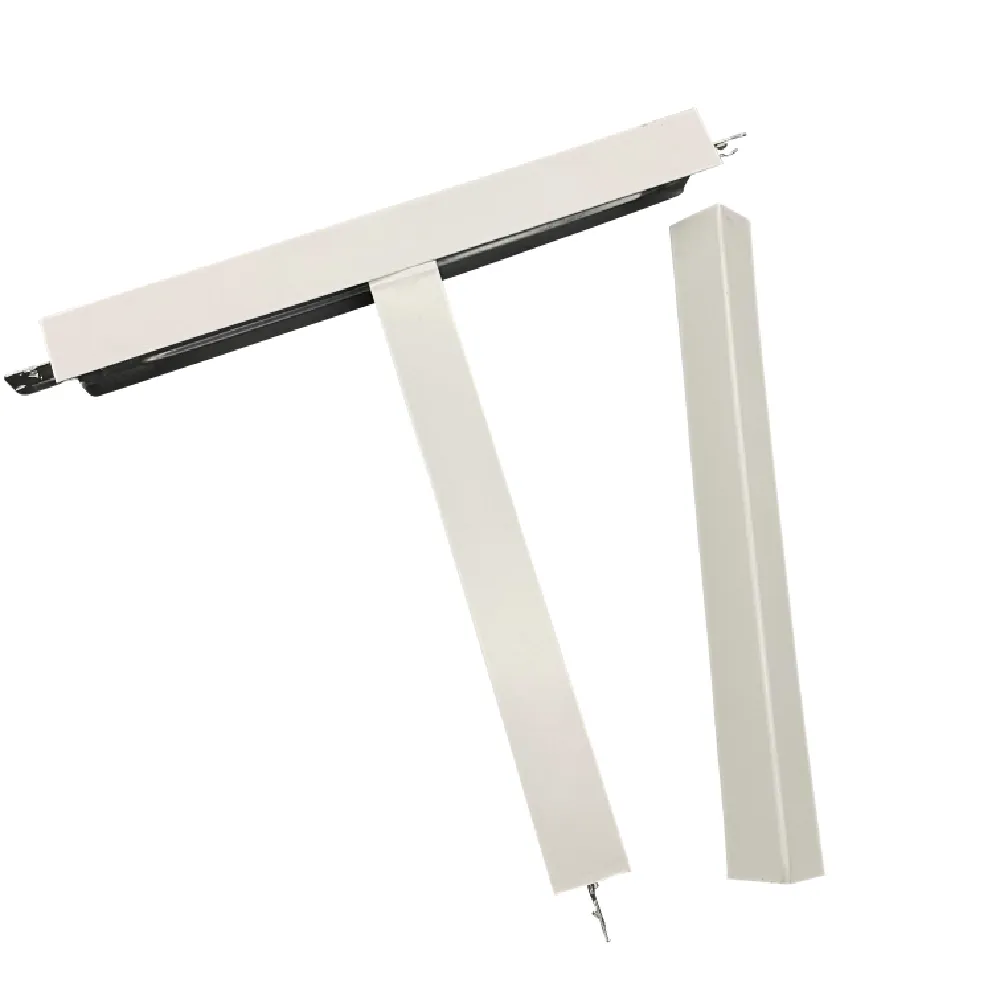Dec . 06, 2024 11:55 Back to list
pvc ceiling vs gypsum
PVC Ceiling vs. Gypsum Ceiling A Comprehensive Comparison
When it comes to selecting materials for ceiling design, homeowners and builders often find themselves weighing the advantages and disadvantages of various options. Two popular choices in modern interior design are PVC (Polyvinyl Chloride) ceilings and gypsum ceilings. Each of these materials has its own unique set of characteristics, making them suitable for different settings. This article explores the key differences between PVC ceilings and gypsum ceilings to help you make an informed decision.
Material Composition and Structure
PVC ceilings are made from polyvinyl chloride, a type of plastic that is lightweight, durable, and resistant to moisture. This makes them an excellent choice for areas prone to humidity, such as bathrooms and kitchens. On the other hand, gypsum ceilings are made from gypsum boards, which are primarily composed of mineral gypsum and paper facings. This material works well for soundproofing and fire resistance but can be more susceptible to water damage if not treated properly.
Installation Process
The installation of PVC ceilings is generally simpler and quicker compared to gypsum ceilings. PVC panels can be easily cut to size and attached directly to existing structures, which minimizes labor costs and installation time. In contrast, gypsum ceilings require a more complex installation process, involving the use of framework to support the boards. This can result in longer installation times and increased labor costs.
Aesthetics and Design Options
When it comes to aesthetics, both PVC and gypsum ceilings offer a variety of design possibilities. PVC ceilings are available in numerous colors, patterns, and finishes, including high-gloss options that can create a modern look. They can also mimic the appearance of other materials, like wood or tile, giving homeowners flexibility in design.
pvc ceiling vs gypsum

Gypsum ceilings, on the other hand, can be designed with intricate textures and can be painted or finished in various styles. Moreover, they are often used for creating a smooth, flat surface, which is desirable for ceilings requiring clean lines. Generally, gypsum ceilings provide a more traditional aesthetic while PVC offers a contemporary feel.
Durability and Maintenance
Durability is another critical factor to consider. PVC ceilings are highly resistant to moisture, corrosion, and fading, making them ideal for long-term use in humid environments. Cleaning PVC ceilings is straightforward; regular wiping with a damp cloth is usually sufficient.
Gypsum ceilings, while strong, are more vulnerable to water damage, leading to sagging or mold in high-moisture areas if not adequately sealed. Maintenance of gypsum ceilings also involves repainting and repairs if the surface gets damaged, which can be more labor-intensive than caring for PVC.
Cost Considerations
Cost is often a deciding factor for many homeowners. In general, PVC ceilings tend to be more affordable upfront, especially when considering the cost savings from easy installation and reduced maintenance. However, the long-term costs should also be examined, including potential replacements. Gypsum ceilings might come with higher initial costs, but their durability can make them a worthwhile investment in the long run.
Conclusion
Choosing between PVC and gypsum ceilings depends largely on your specific needs, preferences, and budget constraints. PVC ceilings excel in moisture-prone areas and offer modern aesthetics with lower maintenance, while gypsum ceilings provide superior soundproofing and a traditional look but require more upkeep. By understanding the unique benefits and limitations of each material, you can make an informed choice that enhances your space and meets your functional requirements.
-
Quality Ceiling Trap Doors & Access Panels | Easy & Secure AccessNewsAug.30,2025
-
Durable Ceiling T Grid Systems | Easy InstallationNewsAug.29,2025
-
PVC Gypsum Ceiling: Durable, Laminated Tiles for Modern SpacesNewsAug.28,2025
-
Pvc Gypsum Ceiling Is DurableNewsAug.21,2025
-
Mineral Fiber Board Is DurableNewsAug.21,2025
-
Ceiling Tile Clip Reusable DesignNewsAug.21,2025







